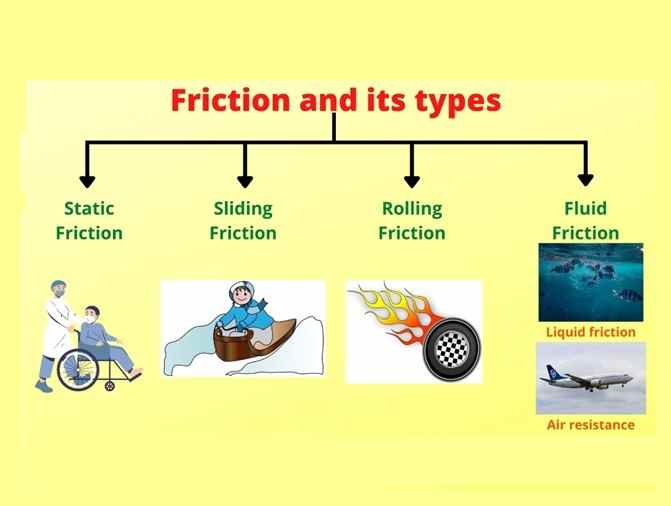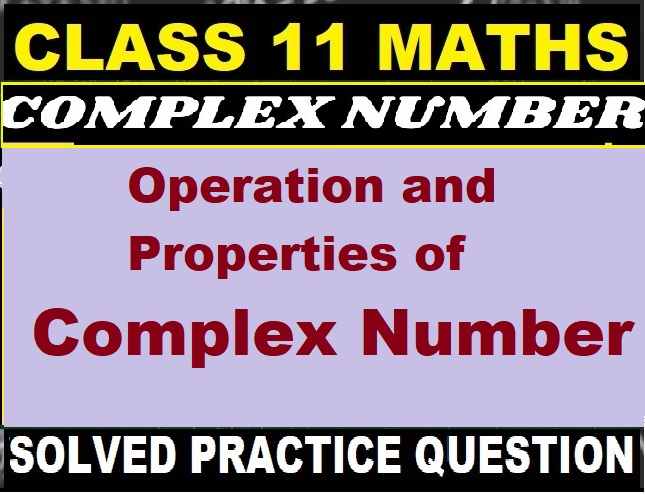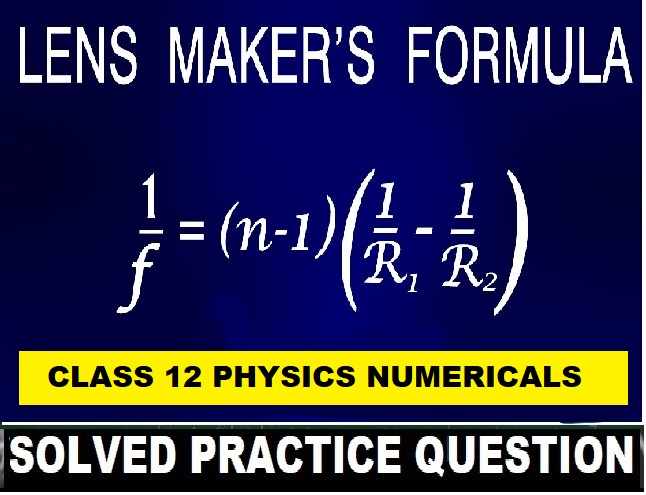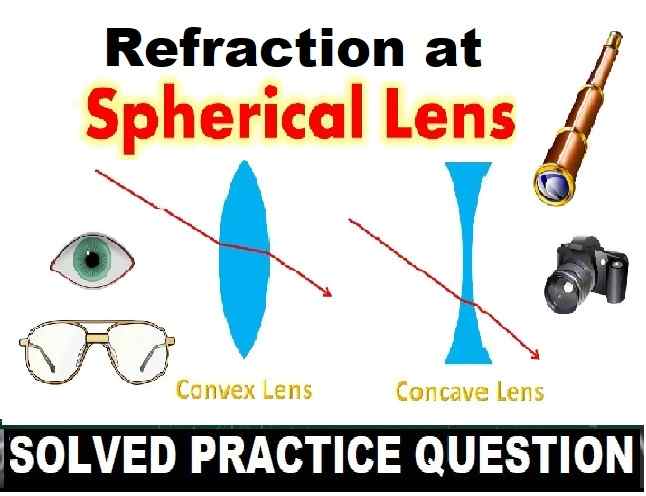Friction Numerical on Coefficient Class 11 Nootan ISC Physics Solutions Ch-7. Step by step solutions of Kumar and Mittal Physics of Nageen Prakashan as council latest prescribe guideline for upcoming exam. Visit official Website CISCE for detail information about ISC Board Class-11 Physics.

Numericlas Based on Friction, Coefficient of Friction and Motion on a Rough Level Surface
Ch-7 Friction Class 11 ISC Nootan Solutions of Kumar and Mittal Physics of Nageen Prakashan
| Board | ISC |
| Class | 11 |
| Subject | Physics |
| Writer | Kumar and Mittal |
| Publication | Nageen Prakashan |
| Chapter-7 | Friction |
| Topics | Numericals on Friction, Coefficient of Friction and Motion on a Rough Level Surface |
| Academic Session | 2024-2025 |
Friction Numerical on Coefficient Class 11 Nootan ISC Physics Solutions
Question-1: A body rolled on a surface with a speed of 10 m/s comes to rest after covering a distance of 50 m. Find the coefficient of friction. Take g = 10 m/s².
Answer- Given that
s = 50 m , u = 10 m/s
Now, using the third equation of motion, we get:
=> v^2-u^2=2as
Now, putting the values, we get:
=> 0^2 – 10^2 = 2 * a * 50
-100 = 100 a
a = -1
The negative sign of a shows it is retardation.
Now, F = ma
F = m * 1 = m
So, the frictional force is m kg m s^(-2)
We know, the formula of force of friction, F= k m g
where k = coefficient of friction, m = mass, and g= acceleration due to gravity.
Now, F=k m g
Putting the calculated value of F, we get:
m=k m * 10
k = 0.1
Question-2: A block of mass 1.5 kg placed on a rough horizontal surface is pulled by a constant horizontal force of 1.2 kg-f. The coefficient of friction between the block and the surface is 0.3. Find the acceleration produced in terms of g.
Answer- N = 1.5 g , f = 0.3 x 1.5 x g = 0.45 g
∴ Net force = 1.2 g – 0.45 g = 0.75 g
0.75 g = 1.5 x a
a = 0.5 g = g /2.
Question-3: Two blocks, each of mass 3.0 kg, are connected by a light cord and placed on a rough horizontal surface. When a horizontal force of 20 N is applied on a block, an acceleration of 0.50 m/s² is produced in each block. Find the tension in the string and the frictional force which is same on the two blocks.
Answer- Total external force = 6 x 0.5 = 3 N
Net force = 20 – 2f = 3 => – 2f = 3 – 20 => 2f = 17
=> f = 8.5 N
Now for block
=> T – f = 3 x 0.5 = 1.5
=> T = 1.5 + f
Now putting the value of f.
=> T = 1.5 + 8.5 = 10 N
Question-4: A car is moving on a straight road at a speed of 20 m/s. The coefficient of friction between the tyres of the car and the road is 0.4. Find the shortest distance within which the car can be stopped. (g = 10 m/s²)
Answer- initial speed U = 20 m / s , Final velocity F = 0
We take g = 10 m/s²
We need to find the acceleration which will be negative given that the car is coming to rest.
A = – 0.4 × 10 = -4 m / s²
From the formula :
V² = U² + 2as
We can get S
0 = 20² – 2× 4 × S
0 = 400 – 8S
S = 400/8 = 50m
Question-5: A car going at a speed of 7 m/s can be stopped by applying brakes in a shortest distance of 10 m. Show that the total frictional force opposing the motion, when brakes are applied, is 1/4th of the weight of the car. (g = 9.8 m/s²)
Answer- For the motor car;
u = 7 m/s; v = 0; s = 10 m.
Using, v² = u² + 2as, we get
a=(v² -u²)/2s = o-49/20 = -2.45m/s²
If we consider, g = 9.8 m/s², then we get
a=-g/4
Thus, the resistance to the motion, that is resistive force is
-F=-ma=mg/4
This is one fourth the weight of the car.
Question-6: A fireman of mass 80 kg slides down a pole during a rescue mission. The force of friction is constant at 720 N. Find the acceleration of the man. (g = 10 m/s²)
Answer- Force of friction is upward = 720 N
Force of gravity downward = M*g = 80*10 = 800 N
So resultant force = 800 -720 = 80 N
F = m * a
80 = 80* a
a = 1.0 m/s²
—: end of Friction Numerical on Coefficient Class 11 Nootan ISC Physics Solutions Ch-7 :—
Return to : – Nootan Solutions for ISC Physics Class-11 Nageen Prakashan
Thanks
Please Share with your friends if helpful


